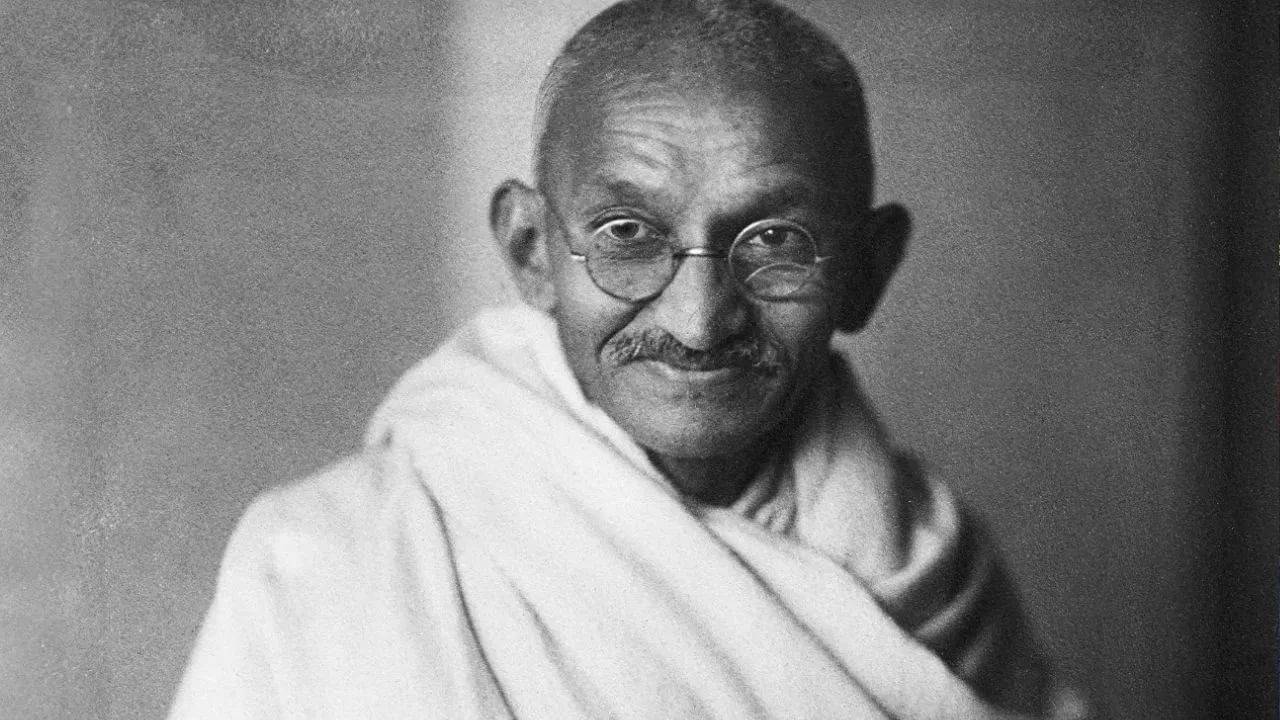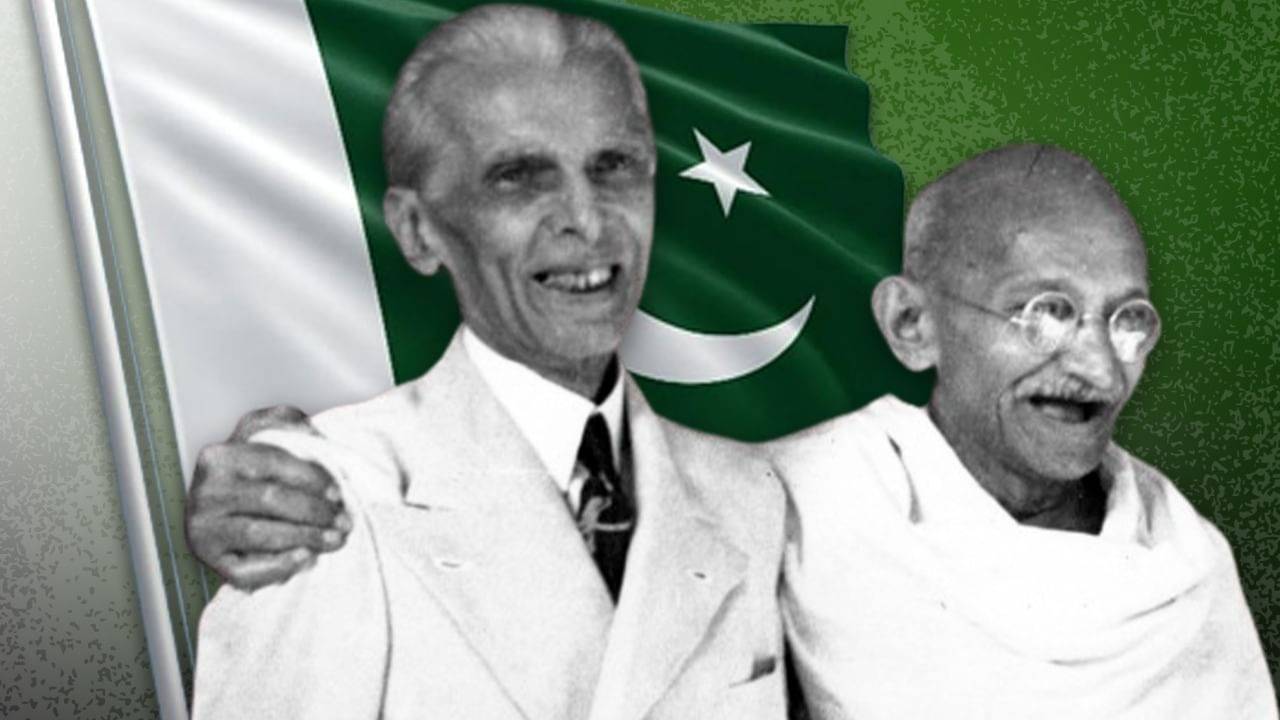How India's First Independence Day Was Celebrated and the Lead-Up to Partition
As India celebrates its 78th Independence Day on August 15, it’s essential to reflect on the historical events leading up to the partition and the complexities of the independence struggle. This blog post delves into the reasons behind the partition, the challenges faced, and the implications for India and its neighbors.

As India celebrates its 78th Independence Day on August 15, it’s essential to reflect on the historical events leading up to the partition and the complexities of the independence struggle. This blog post delves into the reasons behind the partition, the challenges faced, and the implications for India and its neighbors.

The Prelude to Independence
On August 15, 1947, India achieved independence from British rule. This milestone, however, came at the cost of the partition of the subcontinent into two separate nations: India and Pakistan. The reasons for this division were multifaceted, involving political, social, and personal factors.
Historical Context: The Lead-Up to Partition
Before August 15, 1947, both Pakistan and Bangladesh were part of India. The partition was a complex and painful process influenced by various factors:
-
The Role of Mohammad Ali Jinnah: Jinnah, the leader of the All India Muslim League, was adamant about the creation of Pakistan. His uncompromising stance, despite his severe illness, contributed significantly to the push for partition.
-
British Strategic Decisions: The British, led by Lord Mountbatten, decided to partition the subcontinent based on political calculations and strategic interests. Mountbatten's choice of August 15, a date associated with Japan’s surrender in World War II, played a role in the timing of India's independence.
The Day of Independence: August 15, 1947
The day India gained freedom was marked by celebrations and chaos. As the country transitioned to independence, several challenges emerged:
-
Communal Violence: The partition led to severe communal violence, with widespread bloodshed in Punjab and Bengal. This violence displaced millions and resulted in significant loss of life.
-
Political Uncertainty: Indian leaders faced the monumental task of rebuilding a nation from the chaos of partition. The challenges included integrating princely states, managing communal tensions, and addressing the needs of millions of displaced persons.

The Consequences of Partition
The partition had profound effects on the subcontinent:
-
Pakistan's Struggles: Post-independence, Pakistan faced its own set of challenges, including political instability and military coups. The country saw numerous uprisings and changes in governance, culminating in the creation of Bangladesh in 1971 after a bloody struggle.
-
India’s Growth and Stability: Despite the initial challenges, India embarked on a path of growth and stability. The country worked to build a robust democratic framework and address the diverse needs of its population.
Reflection on Independence Day
As we mark the 78th Independence Day, it is crucial to remember the sacrifices made and the lessons learned:
-
Legacy of Freedom Fighters: The contributions of freedom fighters and leaders who envisioned a free India are honored on this day. Their vision and determination shaped the nation’s path to independence.
-
Ongoing Challenges: The issues that led to the partition continue to influence the region. Understanding the historical context helps in addressing ongoing conflicts and fostering peace.
